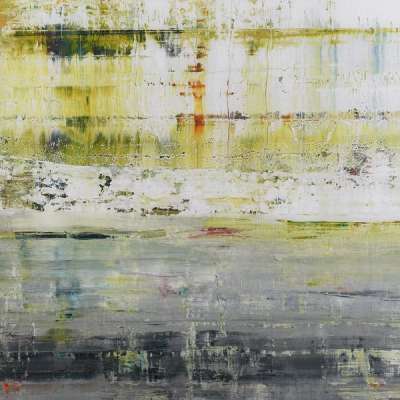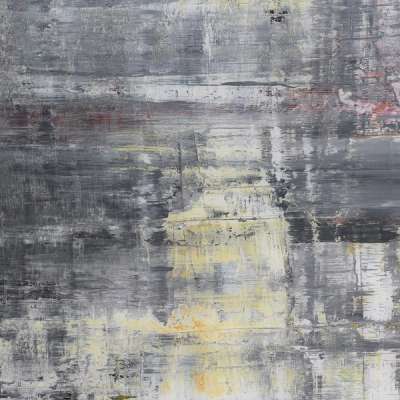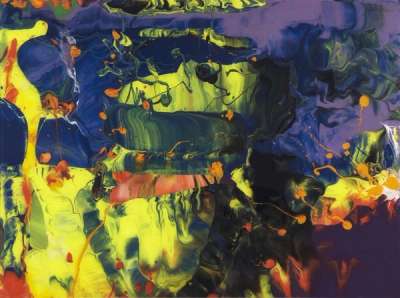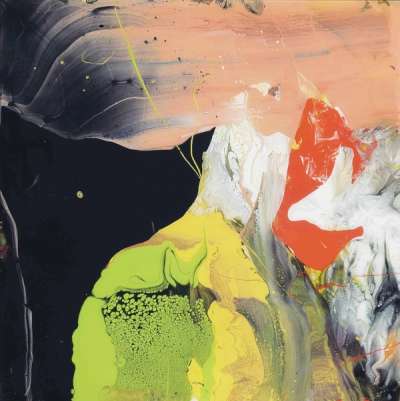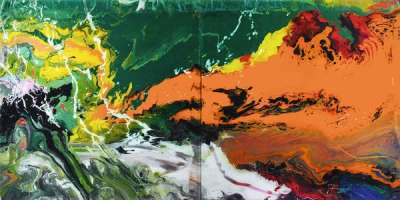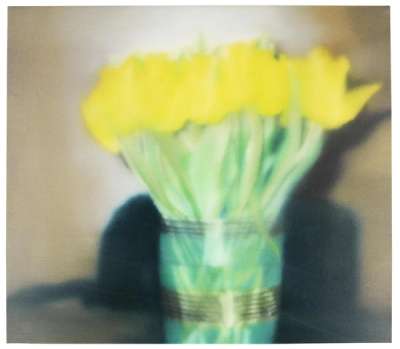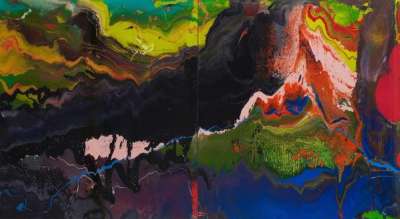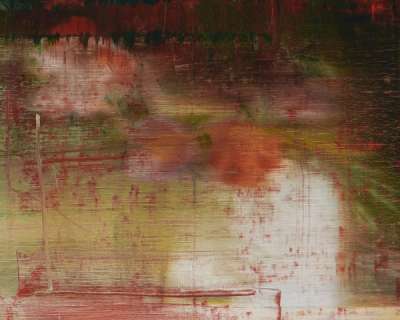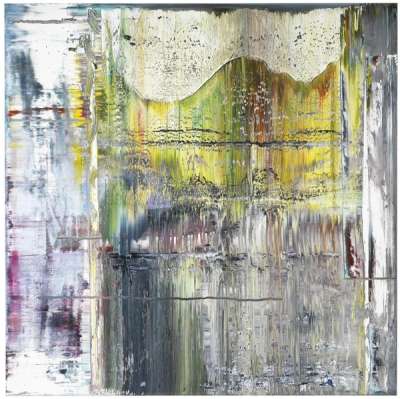
Cage (P19-4)
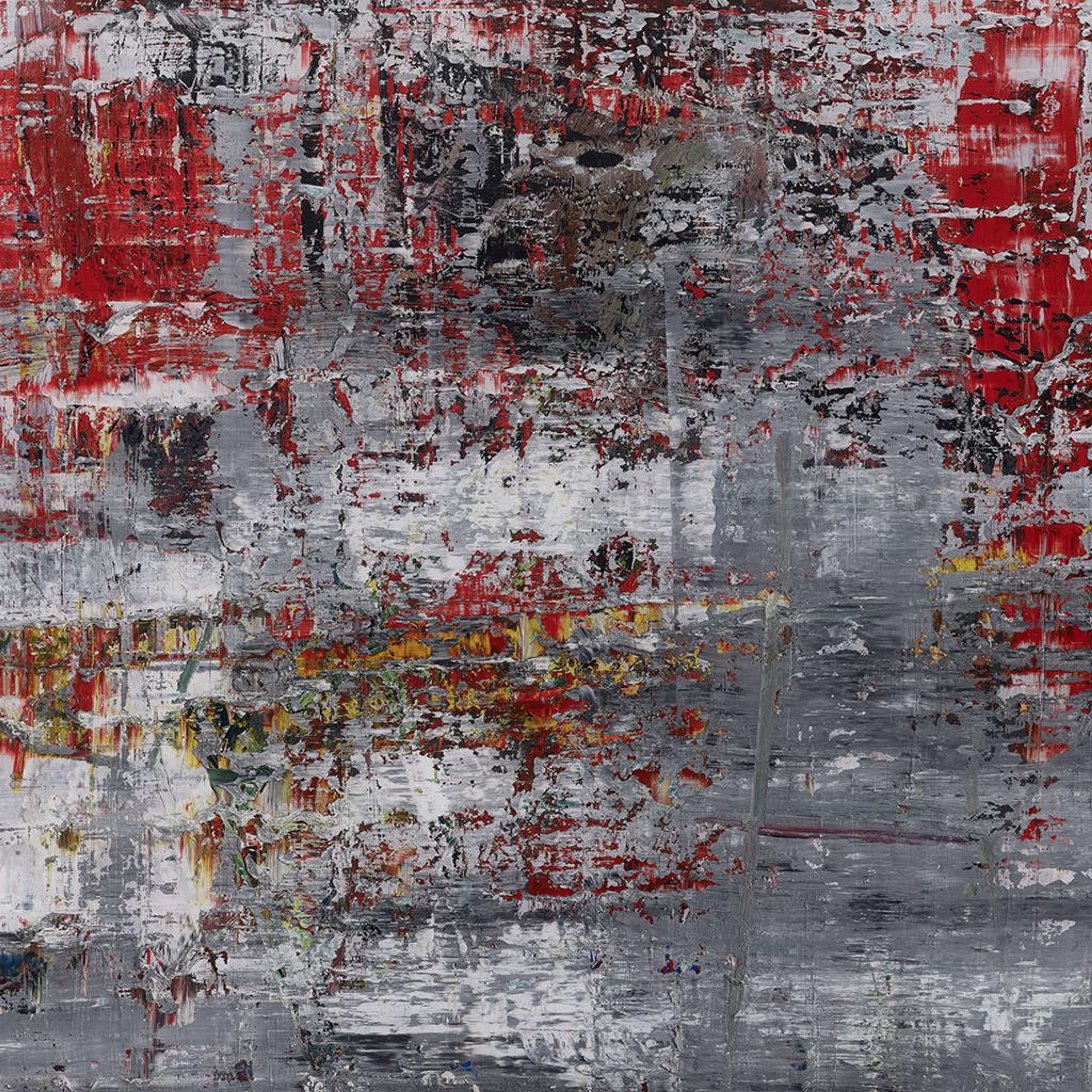
Cage (P19-4)
Unsigned Print
Gerhard Richter
£13,000-£20,000Value Indicator
$27,000-$40,000 Value Indicator
$24,000-$35,000 Value Indicator
¥120,000-¥190,000 Value Indicator
€15,000-€24,000 Value Indicator
$130,000-$200,000 Value Indicator
¥2,500,000-¥3,850,000 Value Indicator
$17,000-$26,000 Value Indicator
AAGR (5 years) This estimate blends recent public auction records with our own private sale data and network demand.
There aren't enough data points on this work for a comprehensive result. Please speak to a specialist by making an enquiry.
Medium: Giclée print
Edition size: 200
Year: 2020
Size: H 100cm x W 100cm
Signed: No
Format: Unsigned Print
TradingFloor
Track this artwork in realtime
Watch artwork, manage valuations, track your portfolio and return against your collection
Track auction value trend
Auction Results
| Auction Date | Auction House | Location | Hammer Price | Return to Seller | Buyer Paid |
|---|---|---|---|---|---|
| January 2024 | Phillips London | United Kingdom | |||
| September 2023 | Christie's London | United Kingdom | |||
| July 2023 | Phillips Hong Kong | Hong Kong | |||
| September 2022 | Phillips London | United Kingdom | |||
| September 2022 | Sotheby's Online | United Kingdom | |||
| June 2022 | Phillips London | United Kingdom | |||
| April 2022 | Phillips London | United Kingdom |
Meaning & Analysis
The work of German artist Gerhard Richter, a much respected figure in the Modern and Contemporary Art scene, Cage (P19-4) was issued in an edition of 200. An unsigned giclée print on paper, the work is mounted on an aluminium board. Part of the Cage Prints series, it offers an in-depth view of one of a number of dynamic paintings executed by Richter in 2006 - a year that saw him influenced by composer and experimental artist, John Cage.
Like its close cousin Cage (P19-3), Cage (P19-4) serves up a great deal of contrast with the remainder of the Cage Prints series. Also quite unlike other works in the Cage f.ff and Cage Grid series, this print is marked for its sustained use of monochromatic tones - chiefly greys -, its use of granular texture, and rejection of horizontal line. Behind visceral layers of grey paint, hidden layers of red, yellow, and black paint shine are only partially concealed, excavated from the image’s smoke-like mass by way of a palette knife.
Richter is known by many as the creative genius behind a large number of photorealistic paintings, often based on a large body of found and collected images which the artist dubs his ‘Atlas’. These paintings, which include standout works such as Wolken (Clouds) (1969), are marked for their sustained use of the so-called ‘blur’ technique. Although not photorealistic but abstract, this print can be seen as a non-representational extension of the Richter blur. Part of the artist’s desire to deconstruct traditional artistic method, Richter sees his blur as a means to achieve a ‘technological’ mode of painting: “I blur things so that they do not look artistic or craftsmanlike but technological, smooth and perfect. I blur things to make all the parts a closer fit. Perhaps I also blur out the excess of unimportant information.”
Hailing from Germany, Gerhard Richter has not been confined to one visual style. A testament to versatility and artistic diversity, Richter's work spans from photorealism to abstraction and conceptual art, and his portfolio is rich in varied media. From creating bold canvases to working on glass to distort the lines between wall-based art and sculpture, Richter has honed in on the blur technique to impart an ambiguity on his creations. To this day, Richter is one of the most recognised artists of the 20th century with his art having been presented in exhibitions worldwide. His global impact underscores his legacy as a trailblazer of artistic exploration.
